
Understanding the Hair Type Guide: Creator, Pros, and Cons

When it comes to understanding and managing our hair, having a reliable reference point can be immensely helpful. One such widely recognized tool is the Hair Type Guide, which provides a classification system for different hair types. Let's take a closer look at the origins of the Hair Type Guide, its advantages, and disadvantages, and examine its impact on hair care and styling.
The Hair Type Guide was popularized by Andre Walker, a renowned hairstylist and entrepreneur known for his work with celebrities like Oprah Winfrey. Andre Walker introduced the concept of hair typing in his book, "Andre Talks Hair," published in 1998. His guide categorizes hair into various types based on its texture, curl pattern, thickness, and overall appearance. The Hair Type Guide categories hair into four primary types (labelled as Types 1 to 4) and further subdivides them into subcategories denoted by letters (A, B, and C).
Type 1: Straight Hair
- 1A: Fine and thin, tends to be very soft and lacks volume
- 1B: Medium-textured, falls between straight and wavy hair
- 1C: Coarse, straight hair with a thicker strand diameter
Type 2: Wavy Hair
- 2A: Loose and slightly S-shaped
- 2B: Medium and more defined S-shaped
- 2C: Thick, wavy, and defined S-shaped
Type 3: Curly Hair
- 3A: Loose curls with slight spirals
- 3B: Springy curls with more defined spirals
- 3C: Corkscrew curls that are densely packed
Type 4: Coily / Kinky Hair
- 4A: Tightly coiled with defined S-shaped pattern
- 4B: Z-Shaped coils with less defined pattern
- 4C: Extremely tight coils or kinks with minimal curl definition or pattern
Pros of the Hair Type Guide:
The Hair Type Guide provides a standardised system for identifying and communicating different hair types, making it easier for individuals to understand their hair's characteristics and seek appropriate hair care and styling advice.
Knowing your hair type can assist in selecting suitable hair care products tailored to your specific needs. Many brands now label their products with hair type suggestions, simplifying the product selection process.
Hair Type Guide has fostered a sense of community among individuals with similar hair types. Online forums, social media groups, and websites dedicated to specific hair types offer support, advice, and styling tips.
Cons of the Hair Type Guide:
Limited Scope: The Hair Type Guide is not extensive and may not accurately capture the full diversity and complexity of hair textures worldwide. It primarily focuses on curl patterns and textures, commonly found among people of African descent, neglecting other important factors like porosity, density, and elasticity that also influence hair care and styling.
Intra-Type Variation: Each hair type encompasses a wide range of variations and characteristics. While the guide provides a general framework, individual hair strands within a particular type can still have unique properties, requiring personalized care and styling approaches. Factors like climate, styling practices, and overall hair health can impact the way hair behaves.
In conclusion, the Hair Type Guide, created by Andre Walker, has been instrumental in providing a foundation for understanding and discussing various hair types. It offers a starting point for individuals to identify their hair type and its impact on hair care and styling.


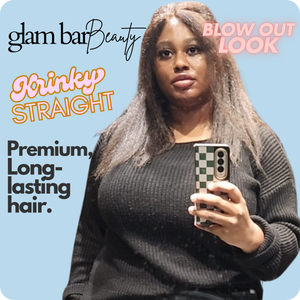

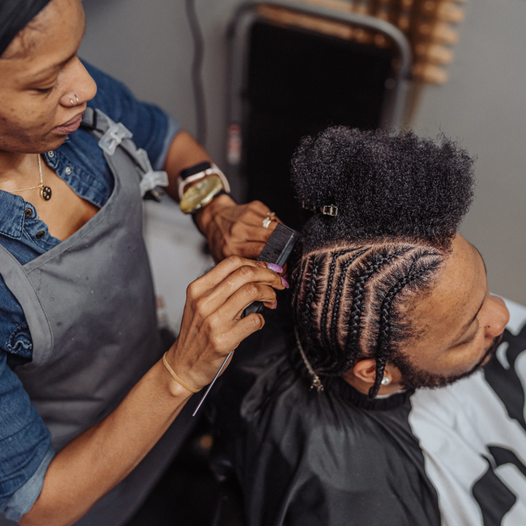
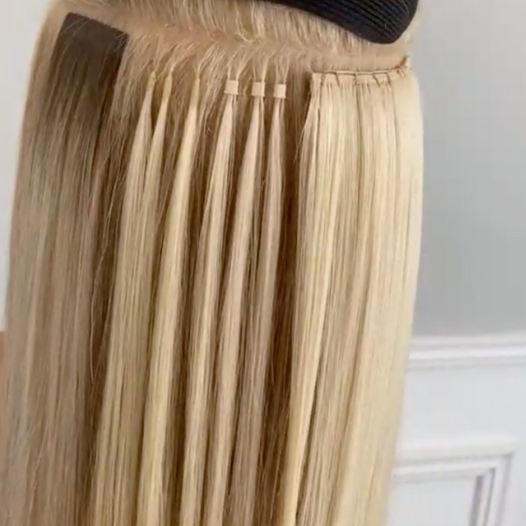
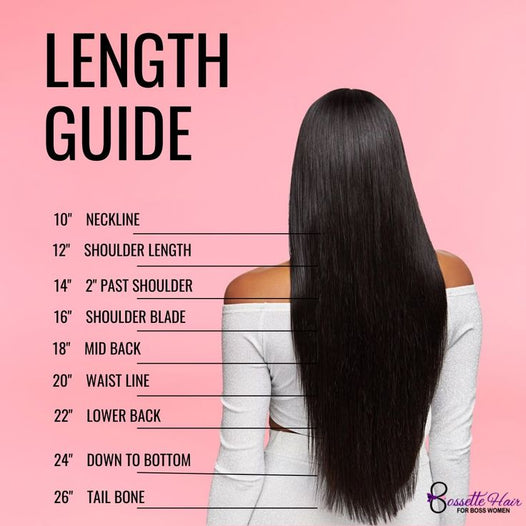
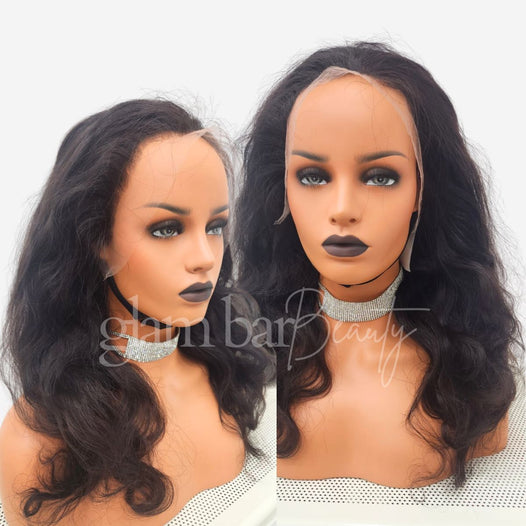
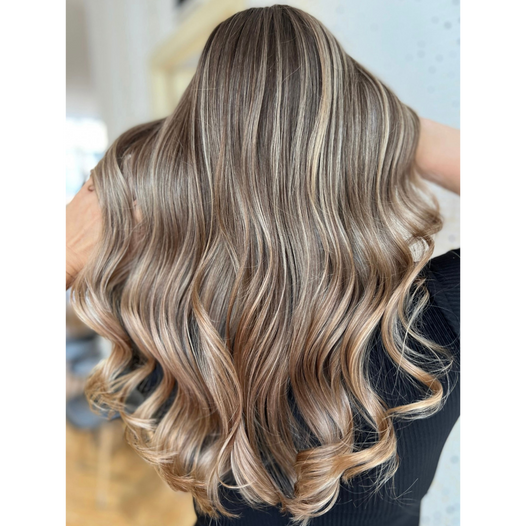
Leave a comment